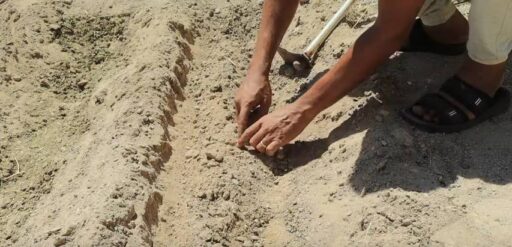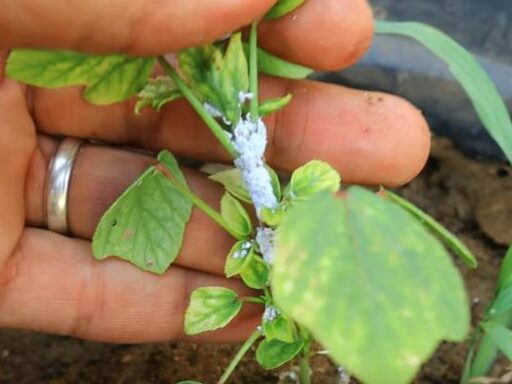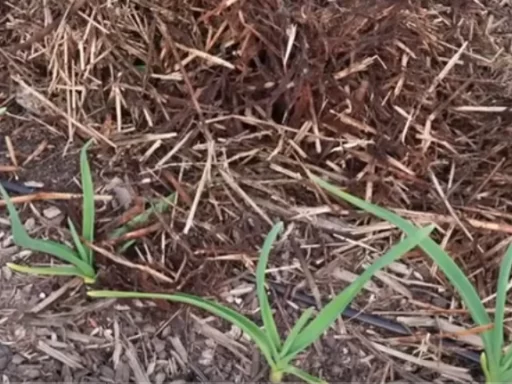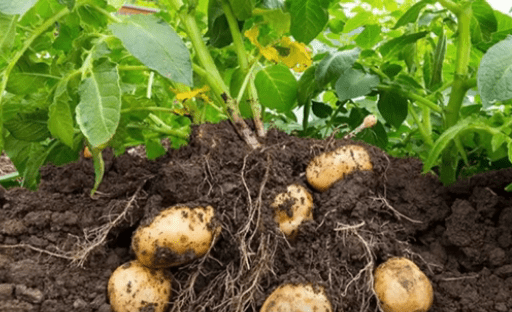Growing vegetables in a shady garden can seem challenging, but with the right approach, you can achieve impressive harvests. This guide will show you how to grow vegetables in partial shade and improve your gardening results, even if you live in a hot climate.
The Myth of Full Sun Gardening
It’s common to believe that vegetables such as tomatoes, peppers, cucumbers, and squash require full sun for growth. While it’s true that these plants are often tagged as needing six or more hours of sunlight per day, this isn’t necessarily a strict requirement. Many of these plants are originally understory species, growing beneath taller plants in their native habitats. They can thrive in partial shade, provided they receive enough indirect light.
In fact, in some areas with high temperatures, growing these plants in full sun can lead to problems such as wilting, fruit drop, and even plant death. In regions like the Southeastern U.S., Florida, and Texas, where summer temperatures soar, shade gardening can provide relief for these heat-sensitive plants.
Benefits of Growing Vegetables in Shade
- Protection from Heat: Plants such as tomatoes and peppers often struggle when exposed to extreme heat. Growing them in shaded areas can protect them from excessive sunlight and reduce heat stress.
- Reduced Risk of Diseases: Plants in full sun are more prone to fungal and bacterial diseases due to frequent exposure to wet conditions. Growing in shade helps prevent these issues by reducing the amount of moisture plants are exposed to.
- Longer Growing Season: In hot climates, plants grown in partial shade can often outlive those in full sun, producing fruit for a longer period. Shaded plants face less stress from environmental factors, giving them a chance to thrive over a longer season.
Choosing the Right Location for Your Shade Garden
When setting up a shade garden, it’s crucial to pick the right location. Areas that receive a mix of sunlight and shade, such as the north or northwest side of your house, can be ideal. These spots may only receive a few hours of direct sunlight each day, but that’s often enough for vegetables like tomatoes, peppers, and cucumbers.
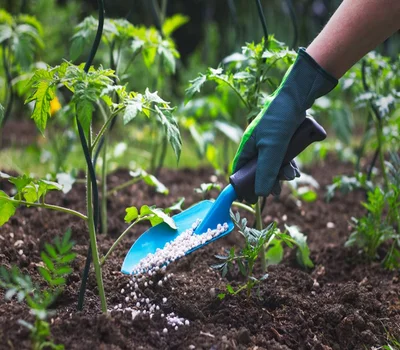
In my experience, areas that get about 3-4 hours of direct sunlight during the day are perfect for a shade garden. Even if a location seems too shady, it may still provide enough light for your vegetables to grow.
Setting Up a Shade Garden
Start by preparing a raised bed, which offers better drainage and helps regulate soil temperature. In particularly shady or neglected areas, use weed barriers to minimize weed growth. Fill the raised bed with a 50/50 mix of compost and topsoil to provide nutrient-rich soil for your plants.
Once your garden bed is set up, choose shade-tolerant vegetables. I recommend determinate and dwarf varieties of tomatoes, such as ‘Celebrity’ or ‘Dwarf Emerald Giant,’ as they require less energy to produce fruit. Additionally, herbs like parsley can thrive in shaded conditions, giving you more options for what to grow.
Transplanting and Fertilizing
After transplanting your plants, fertilize them with a combination of organic fertilizers such as bone meal, lobster, and crab shell meal. These fertilizers will provide essential nutrients to help your plants establish strong roots and produce fruit. Water the plants thoroughly using a diluted fish fertilizer to prevent transplant shock.
Lastly, mulch the garden bed with natural materials like straw to suppress weeds and maintain soil moisture. This step is essential in helping your plants cope with varying temperatures and ensuring even growth throughout the season.
Frequently Asked Questions
- Can I grow tomatoes in the shade? Yes, tomatoes can grow in partial shade, especially determinate and dwarf varieties. These plants are more energy-efficient and adapt well to lower light conditions.
- What vegetables grow best in shaded areas? Vegetables like lettuce, spinach, parsley, and shade-tolerant tomato varieties thrive in partial shade. Peppers can also do well in these conditions.
- How much sunlight do shade-tolerant vegetables need? Most shade-tolerant vegetables need at least 3-4 hours of direct sunlight or dappled light to grow properly.
- What are the advantages of growing vegetables in shade? Growing vegetables in shade helps protect them from extreme heat, reduces the risk of diseases, and can extend the growing season.
- Can I plant indeterminate tomatoes in a shade garden? Indeterminate tomatoes can grow in a shade garden, but they may produce less fruit than determinate varieties. However, with proper care, they can still be productive.
- What is the best mulch for a shade garden? Organic mulch like straw, wood chips, or leaves works well in a shade garden. Avoid synthetic or dyed mulch.
- How do I protect my vegetables from heat stress? Planting in partial shade and using mulch to regulate soil temperature are effective ways to protect your vegetables from heat stress.

